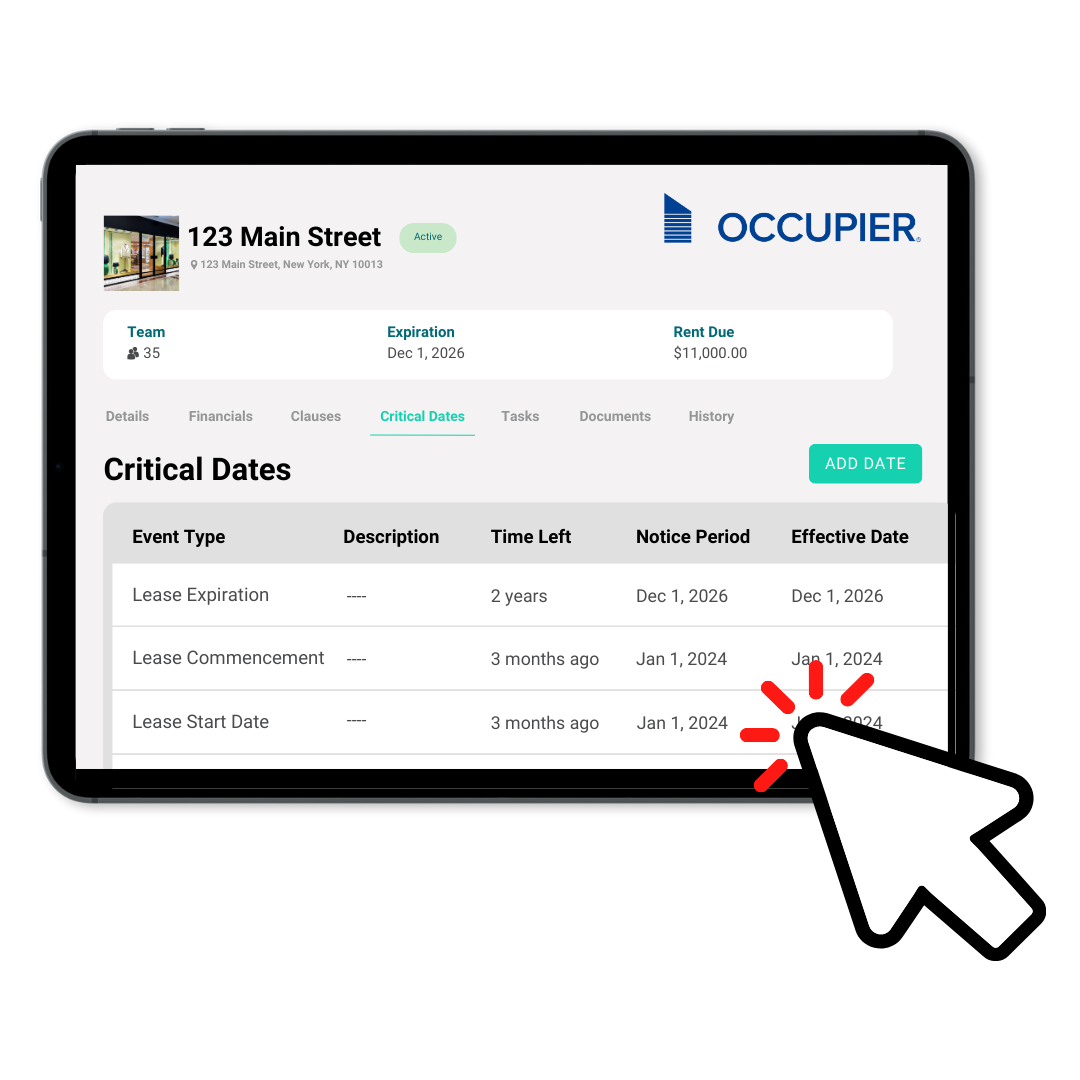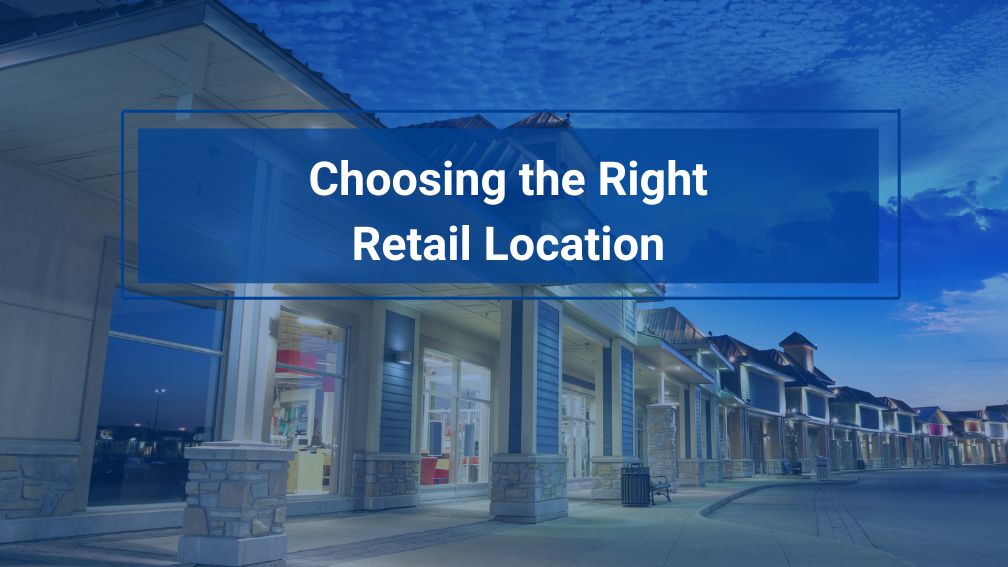Understanding the Importance of Location in Retail Success
Last Updated on May 30, 2024 by Morgan Beard
As a retailer, one of the biggest make-or-break decisions for your business is choosing the right location. Where you set up shop can significantly impact customer traffic, sales numbers, and ultimately, profitability. So, let’s dive into why getting the location right is crucial for retail growth and what factors to consider during the site selection process. Already managing multiple retail locations, here are our top 5 tips on retail location management.
Why is Location Important in Retail?
The location of a retail store can significantly impact its sales, customer traffic, and overall success. Here are a few reasons why choosing the right location is crucial for retail growth:
Reach Your Target Audience
Different locations attract different demographics based on factors like age, income levels, and lifestyles. By understanding your ideal customer base, you can choose an area that puts your store right in their neighborhood or daily routines. For example, if your products cater to young professionals, a location near trendy apartments or office hubs could be a smart move.
Foot Traffic Galore
High foot traffic areas like bustling shopping malls or popular downtown streets mean more eyes on your storefront. The higher the pedestrian traffic, the more potential customers you can reel in through creative window displays and promotions. Brick-and-mortar retailers thrive on this steady stream of passersby who might just pop in on a whim.
Keeping an Eye on Competitors
Checking out the competition nearby is a must. Too many similar stores in one area could lead to oversaturation and fierce rivalry for customers. But positioning yourself amongst complementary businesses can create a one-stop shopping destination that attracts more buyers. A clothing boutique alongside a hair salon and cafe, for instance, creates a convenient retail hub.
Convenience is Key
Let’s be real – customers love convenience. A location with ample parking, easy access to public transit, and proximity to residential neighborhoods can seriously boost impulse purchases and return visits. If your potential customers can swing by easily during their daily commutes or errand runs, you’re increasing the chances they’ll stop in.
Key Factors to Consider in Site Selection
Okay, so now that you know why location is so vital, what factors should you consider when scouting potential sites? Here are some essentials to keep in mind for your retail business:
- Target Market Match: Align the location with your ideal customer base by analyzing demographics, shopping habits, and spending patterns in the area. Leave no stone unturned in researching whether an area is a good fit for your target audience.
- Competition Landscape: Conduct a thorough competitor analysis to identify gaps in the market and areas that aren’t oversaturated. Look at factors like the number of similar businesses, their proximity, and how well-established they are.
- Accessibility Galore: Look for locations with easy access via major roads, parking availability, public transit options, and pedestrian-friendly surroundings. This accessibility can make or break a shopper’s decision to visit.
- Solid Infrastructure: Don’t overlook the basics like reliable utilities, high-speed internet, and proper zoning for retail operations. Outdated wiring or lack of sturdy internet can be operational nightmares.
- Safety First: Check out crime statistics and security measures to ensure a safe environment for customers and employees. Safety should be a top priority for any retail space.
- Regulations on Lock: Familiarize yourself with local zoning laws, permits, and any special requirements for opening a retail business in the area. Violating codes can lead to costly fines down the line.
- Zoning and Regulations: Familiarize yourself with local zoning regulations and restrictions. Ensure the chosen location complies with all necessary permits and licenses required for operating a retail business.
Site Selection Process
Finding that sweet spot involves research, data analysis, and a bit of real-estate hunting. But scoring the ideal location can give your retail venture a serious competitive edge and pave the way for long-term success. Here’s a general overview of the location selection process:
- Define the Criteria: Clearly define the criteria and requirements for the ideal location, considering factors such as demographics, competition, accessibility, and affordability.
- Conduct Market Research: Perform a comprehensive market analysis to identify potential locations that meet the defined criteria. Collect data on demographics, customer behavior, competitor locations, and market trends.
- Scouting Potential Sites: Visit potential locations and assess their suitability based on the defined criteria. Consider factors such as visibility, foot traffic, proximity to complementary businesses, and overall aesthetics.
- Financial Analysis: Analyze the financial feasibility of each potential location. Evaluate the costs involved, including leasing or buying the property, renovation expenses, ongoing rent or mortgage payments, and estimated sales projections.
- Negotiate Lease or Purchase Terms: Once a preferred location is identified, negotiate lease or purchase terms with the property owner. Seek legal advice to ensure the terms are fair and favorable.
- Conduct Due Diligence: Before finalizing the deal, conduct thorough due diligence to verify the legitimacy of the property, its compliance with regulations, and any potential legal or environmental issues.
- Finalize Site Selection: After completing all necessary assessments and due diligence, make the final decision on the site selection. Sign the lease or purchase agreement and proceed with the necessary steps for setting up the retail store.
Modern Technology for Smarter Site Selection
Advancements in technology have made the location selection process far more data-driven and precise. Tools like Geographic Information Systems (GIS) allow retailers to map out and visualize demographics, competition locations, traffic patterns and more.
Predictive analytics platforms leverage historical data and algorithms to forecast factors like sales potential and customer behavior for specific sites. Location intelligence solutions compile comprehensive data on areas to provide demographic profiles, competitor overviews, accessibility insights and more.
Mobile location data can even track real-world consumer movement and foot traffic, identifying high-value areas. And online listing platforms make it easier than ever to access and vet available retail spaces.
A digital deal pipeline is critical to tracking potential sites and starting the proposal and negotiation process with Landlords. Transaction Management by Occupier makes it easy to streamline location expansion data.
As you can see, there’s a lot that goes into finding that perfect sweet spot for your retail store. But getting the location right can mean the difference between being a destination hotspot or an empty storefront. By aligning your location with your audience, keeping competition in check, prioritizing convenience and using data-driven approaches, you’ll be well on your way to retail success.
Future Trends in Retail Site Selection
As shopping habits and consumer expectations continue to evolve, so too will location strategies for retail businesses. Here are some emerging trends to watch out for:
- Omnichannel Integration: E-commerce isn’t going anywhere. Instead, leveraging physical store locations to complement online operations for seamless omnichannel experience is crucial.
- Hyper-Localized Data: Micro-level location population data and hyper-customized demographic insights will allow retailers to pinpoint pockets of their exact target market.
- Sustainability Prioritized: Environmental sustainability will be a driving factor, with retailers seeking locations equipped with eco-friendly infrastructure and aligning with local green initiatives.
- Community-Centric: Building connections with the surrounding community will gain importance, influencing locations that resonate with an area’s culture and values.
So while the retail basics of convenient locations and the right customer base still apply, being future-focused and data-savvy about where you plant your flag can be a game-changer.
Securing an optimal location is paramount for new stores to thrive. By thoughtfully evaluating all the key factors – from customer demographics and foot traffic patterns to accessibility and growth potential – retailers can make strategic decisions that put them in prime position for success. And with modern technologies offering in-depth localized data, the process of vetting and selecting sites is becoming more scientific than ever. The bottom line? Getting your retail location right translates into a steady flow of customers, healthy sales, and long-term viability. An investment in strategic site selection pays dividends.

Product Tour
Take a self-guided tour and see how the fastest-growing commercial tenants leverage Occupier for lease management & lease accounting.

